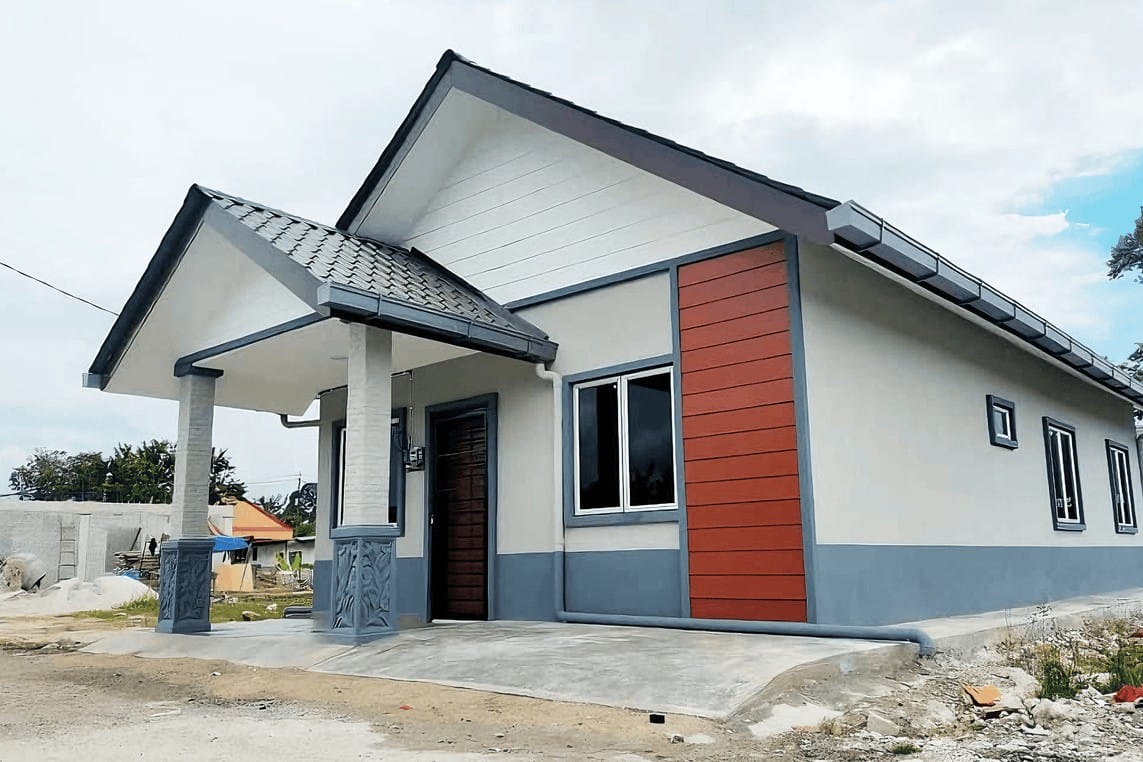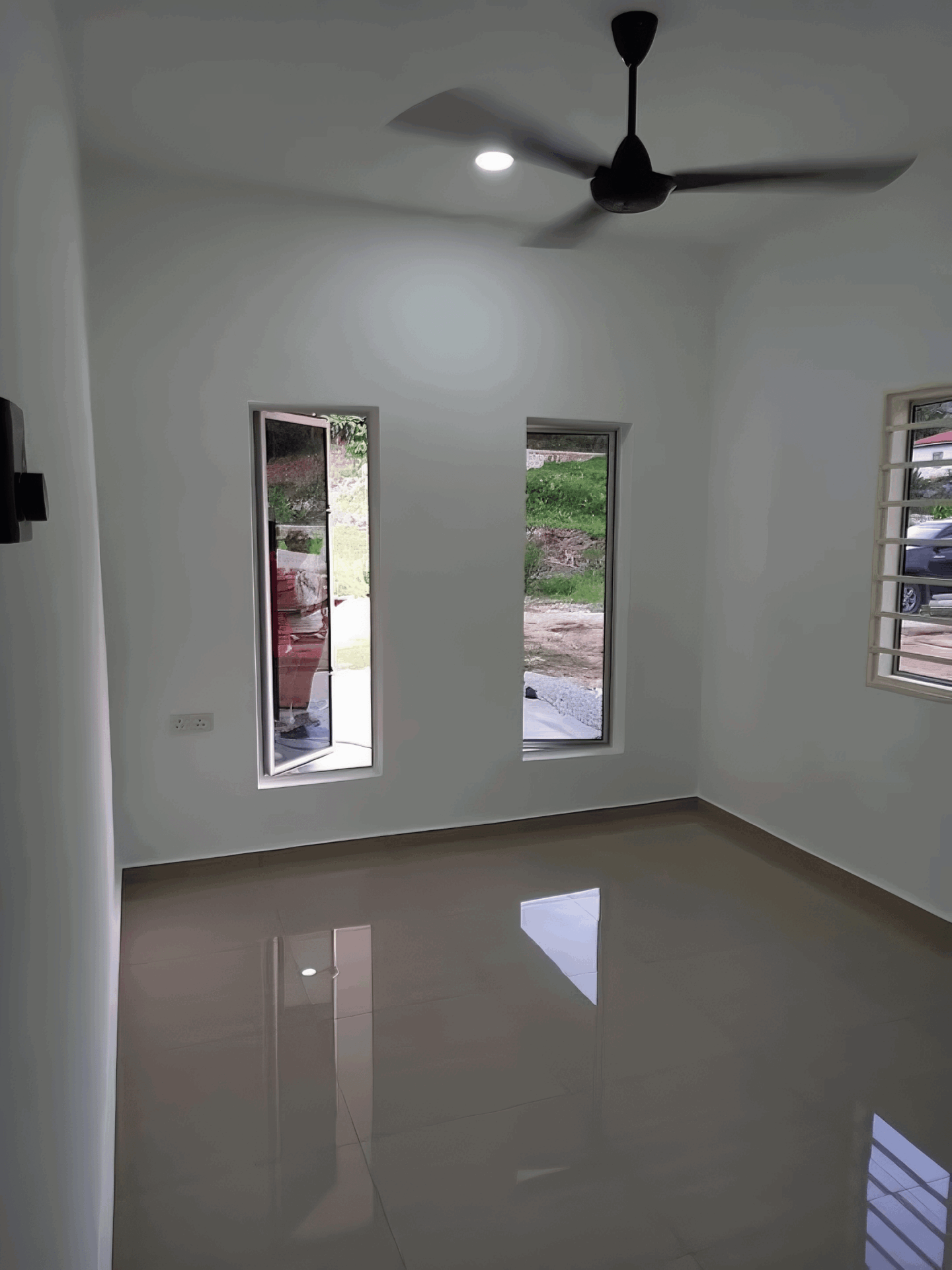[ad_1]
Imagine dreaming about your perfect home, a cozy retreat that reflects your style and fits your family’s needs. You’ve envisioned every detail, from the color of the walls to the layout of the kitchen. But before you start picking out curtains, there’s an often-overlooked step that could make or break your entire project: site preparation. While it might seem tempting to dive straight into the construction phase, skipping this crucial stage can lead to a world of headaches down the line. From unexpected costs to structural issues, the consequences of cutting corners here can be dire. So, let’s chat about why taking the time to properly prepare your site is not just a good idea—it’s essential for turning your dream home into a reality!
Understanding the Crucial Role of Site Preparation in Home Construction
Site preparation is like laying the foundation for success in your home construction project. Skipping this essential step means risking not just the integrity of your build but also your finances and peace of mind. Proper site preparation ensures that the land is ready to support your dream home, with careful attention to grading, soil quality, and drainage. Without it, you could end up with structural issues down the line that could have been easily avoided.
When planning your new home, consider these key elements of site preparation:
- Land Clearing: Removing trees, bushes, and debris ensures a clean slate for your construction.
- Soil Testing: Understanding the soil type can help you identify potential issues like instability or drainage problems.
- Grading: Proper grading helps in directing water away from the foundation, reducing the risk of flooding.
- Access Roads: Establishing good access routes for construction vehicles is crucial for efficiency during the building process.
To give you an idea of the consequences, let’s break down some potential pitfalls of skipping this step:
| Impact of Skipping Site Preparation | Long-term Consequences |
|---|---|
| Uneven Foundation | Structural damage and costly repairs |
| Poor Drainage | Mold growth and water damage |
| Soil Instability | Cracks in walls and settling issues |
| Access Problems | Delays in construction progress |

Common Mistakes Homeowners Make by Overlooking Site Preparation
When preparing to build your dream home, skipping site preparation is a common pitfall that many homeowners fall into. One of the major mistakes is underestimating the importance of drainage systems. Poor drainage can lead to water pooling around the foundation, which may eventually seep into the home, causing structural damage and mold growth. Without proper planning, you might find your beautiful living space turning into a soggy nightmare during the rainy season.
Another frequent oversight involves neglecting to clear the site of debris and vegetation. Homeowners often think they can start construction without dealing with what’s already on the land. However, roots from trees and shrubs can interfere with foundations and create uneven surfaces. Plus, a cluttered site can impede progress and lead to project delays as workers need to clear the area before building can commence. Taking the time to clear the site right can save you tons of headaches down the road.
Lastly, many forget about conducting a geotechnical survey prior to construction. Understanding the soil composition and stability is crucial, as certain types of soil can result in expensive foundation issues down the line. It’s a step that may seem minor in the grand scheme of things, but the consequences of ignoring it can be severe. Investing time in site preparation won’t just protect your home; it’ll also preserve your investment, ensuring that your construction journey is as smooth as possible.

The Long-Term Consequences of Ignoring Site Preparation
Ignoring site preparation can lead to a cascade of problems down the road, causing greater headaches than you might anticipate. When the groundwork isn’t carefully executed, it can result in serious structural issues. Think about it: if the soil isn’t properly compacted or if drainage isn’t considered, your new home might suffer from uneven settling. This can manifest as cracks in the foundation, water pooling around your property, and in severe cases, even total structural failure.
Moreover, the long-term financial implications could be crippling. You might save a few ringgit by hastily skipping the site prep, but that initial saving can quickly evaporate when you’re forced to pay for extensive repairs. The costs really add up when you have to address issues such as:
- Foundation repairs that can run into the thousands
- Water damage remediation that is necessary for leaks
- Landscaping corrections to manage drainage
Additionally, there’s the potential for legal complications. Ignoring site prep might not just be an oversight; it could pose liability issues if your property affects neighboring homes or infrastructure. Homebuyers are increasingly savvy, and if your neglect leads to issues that compromise value or safety, you might find yourself facing:
| Legal Disputes | From tenants or neighbors |
| Insurance Claims | If damage occurs |
| Decreased Property Value | Difficulties during resale |


Essential Steps for Effective Site Assessment and Preparation
When diving into a home construction project, thorough site assessment and preparation can’t be overlooked. Start by conducting a site survey to analyze the land’s topography, soil conditions, and existing structures. This step is paramount as it helps identify any potential challenges that could complicate construction later on. Consider hiring professionals who specialize in environmental assessments—this could save you a world of trouble down the line.
Once the assessment is completed, it’s time for site clearing. This involves removing any debris, vegetation, or unwanted structures from the area. Not only does this create a clean slate for your construction, but it also ensures that you’re aware of the boundaries and any possible hazards on the site. It’s crucial to have a clear plan that includes the key elements such as:
- Drainage plans: Proper water management is vital.
- Access routes: Ensure there’s easy access for construction vehicles.
- Utilities locations: Know where water, electricity, and sewage lines run.
Don’t forget about the permits and regulations! Every locality has specific rules governing construction, and neglecting this could delay your project—or worse, lead to fines. It’s a good idea to create a simple table of necessary permits and their statuses to keep everything organized:
| Permit Type | Status | Obtaining Authority |
|---|---|---|
| Construction Permit | Pending | Local Council |
| Environmental Permit | Approved | Environmental Agency |
| Utility Hook-Up Permit | In Progress | Utility Provider |
How Poor Site Preparation Can Lead to Foundation Issues
Skipping proper site preparation can lead to a myriad of problems, especially when it comes to your home’s foundation. A well-prepared site is the backbone of any construction project, ensuring stability and durability over time. When site conditions are neglected, you might face issues like uneven settling, which can crack the foundation. Additionally, poor drainage can lead to water pooling around the base, ultimately causing serious structural damage.
There are several critical factors that contribute to successful site preparation, including:
- Soil Testing: Ensuring that the soil can handle the weight of the structure is crucial.
- Clearing Debris: Removing any trees, rocks, or old structures helps create a solid foundation.
- Proper Grading: This ensures adequate drainage and prevents water accumulation that may weaken the foundation.
Ignoring these components not only threatens your foundation but can also lead to expensive repair costs down the road. For instance, consider the following comparative costs of foundation repairs:
| Issue | Estimated Repair Cost (MYR) |
|---|---|
| Minor Cracks | 500 – 1,500 |
| Significant Settling | 3,000 – 10,000 |
| Full Foundation Replacement | 20,000 - 50,000 |
As you can see, the costs can escalate quickly, and that’s just a fraction of the potential financial burden. The foundation is not just a base; it’s the essential structure of your home. Therefore, investing in proper site preparation is not merely an option but a necessity for anyone looking to build a secure and lasting home.


Cost Implications: Why Skipping Preparation Can Inflate Your Budget
Skipping site preparation might seem like a tempting way to cut costs early on, but the financial consequences can be severe. It’s like baking a cake without measuring the ingredients; you might end up with a disaster instead of a delicious treat. Not giving proper attention to the land can lead to issues like inadequate drainage, poor soil composition, and uneven ground, which require costly fixes later. Imagine finding out midway through construction that your foundation needs to be rebuilt because the ground wasn’t appropriately compacted. That’s a budget blowout waiting to happen!
Moreover, neglecting preparation can also lead to delays in your project timeline, which in turn impacts your overall budget. When things don’t go according to plan, you might be forced to pay for:
- Additional labor costs due to extended timelines
- Rental fees for equipment that’s held up on-site
- Possible fines for delays related to project permits
Each of these can add up quickly, making what seemed like a small cost-saving measure turn into a significant financial burden.
let’s not overlook the potential for increased insurance premiums or unforeseen damage. If your construction site is not adequately prepared, it’s more susceptible to accidents and damage during the build. Insurance claims can quickly escalate and affect your future coverage rates, leading to a higher budget overall. Here’s a little breakdown of potential unforeseen costs from skipping pre-construction prep:
| Possible Issues | Estimated Cost Impact |
|---|---|
| Poor drainage leading to water damage | RM 5,000 – RM 20,000 |
| Foundation problems due to improper soil testing | RM 10,000 – RM 50,000 |
| Increased labor costs from project delays | RM 3,000 – RM 15,000 |


Best Practices for Ensuring a Smooth Home Construction Process
When it comes to home construction, the groundwork literally starts with site preparation, and skipping this crucial step can lead to a cascade of issues. First off, proper site preparation helps in identifying potential challenges like wet soil conditions, uneven terrain, or hidden obstacles like rocks or tree roots. If these problems aren’t handled early on, they can derail your project timeline and inflate costs due to unexpected delays.
Moreover, effective site preparation sets the foundation for a stable structure. This means clearing debris, grading the land, and ensuring proper drainage. Neglecting these aspects might result in water pooling around your home, leading to serious structural damage in the long run. A well-prepared site not only promotes a solid foundation but also makes it easier for construction teams to work efficiently. A few essential site preparation steps include:
- Conducting a land survey.
- Clearing away vegetation and debris.
- Grading the site for proper drainage.
- Ensuring utilities are easily accessible.
consider working closely with your contractor during the site preparation phase. Open communication helps to align goals and expectations, setting a positive tone for the entire project. To help maintain a smooth operation, establishing a timeline and a budget can prove beneficial:
| Milestone | Estimated Time | Budget Allocation |
|---|---|---|
| Land Survey | 1 week | RM1,500 |
| Site Clearing | 2 weeks | RM3,000 |
| Grading & Drainage | 2 weeks | RM2,500 |


Professional Insights: When to Consult Experts for Site Preparation
Knowing when to bring in the pros can make a world of difference in your site preparation. If you’re staring at your plot of land, imagining the house of your dreams, don’t rush into action just yet. Consider checking in with experts when:
- Soil Conditions Are Uncertain: If you’ve got a hunch about the soil quality, or if there was a previous structure on the land, an expert can assess the ground and ensure it’s solid enough for your new build.
- Planning to Build on Slopes: If your site has a gradient or uneven terrain, consulting with a civil engineer can help you devise the right drainage and foundation plans to prevent future issues.
- Specific Regulations Are Involved: Building codes and regulations can be tricky. An expert can navigate local compliance requirements, ensuring you avoid fines or costly modifications later on.
If you’re still on the fence about whether to bring in an expert, weigh the potential risks versus the benefits. A simple consultation or report from a professional can save you from disastrous consequences. Here’s a quick cost-benefit breakdown:
| Costs of Skipping Experts | Benefits of Consulting Experts |
|---|---|
| Unforeseen Soil Issues | Identifying soil competency |
| Structural Failures | Quality control measures |
| Time and Budget Overruns | Avoiding costly mistakes |
Again, remember that preparing a site isn’t just about clearing land; it’s about laying a strong foundation for your future home. Consulting an expert can prevent missteps that could lead to bigger headaches down the line. So trust your instincts—if something feels off, go ahead and seek out the knowledge of professionals who can guide you through the complexities of site preparation.
Future Outlook
And there you have it! Skipping site preparation might seem like a quick way to save time and money, but in reality, it’s a trap that could cost you much more down the line. Remember, this is where your dream home begins—so take the time to lay a solid foundation, both literally and figuratively. Whether you’re building in the bustling heart of Kuala Lumpur or the serene outskirts of Penang, a well-prepped site ensures that your construction goes as smoothly as possible. So, before you dive headfirst into building that dream home, make sure you don’t overlook the basics. A little prep today can save you a whole lot of headaches tomorrow! Happy building!













